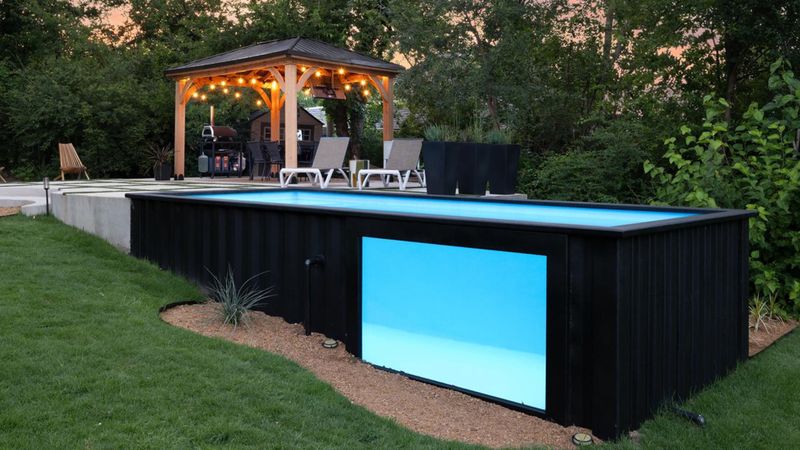Look, when I first started researching container pools, I thought it was just another trend. Who would ever want a pool made from a shipping container, right?
Well... I was wrong.
Container pools actually are a great solution to getting an inground (or above-ground) pool in your backyard at a fraction of the cost of traditional gunite, vinyl, or even fiberglass pools without compromising on build quality. In fact, our Ecopool container pool is nicer than most pools I’ve seen.
When we started The Pool Nerd, we needed somewhere to test our pool robots. And when researching pools, I was quoted over $100,000 for a basic pool from a local pool builder. It would take several months of digging, planning, and getting it ready. But I wanted something better, faster, and cheaper, which is where we found Ecopool’s container pools.
And after reviewing and testing pool equipment for over 5 years in a container pool. I’d go the same route again. Here's everything I wish someone had told me from the start.
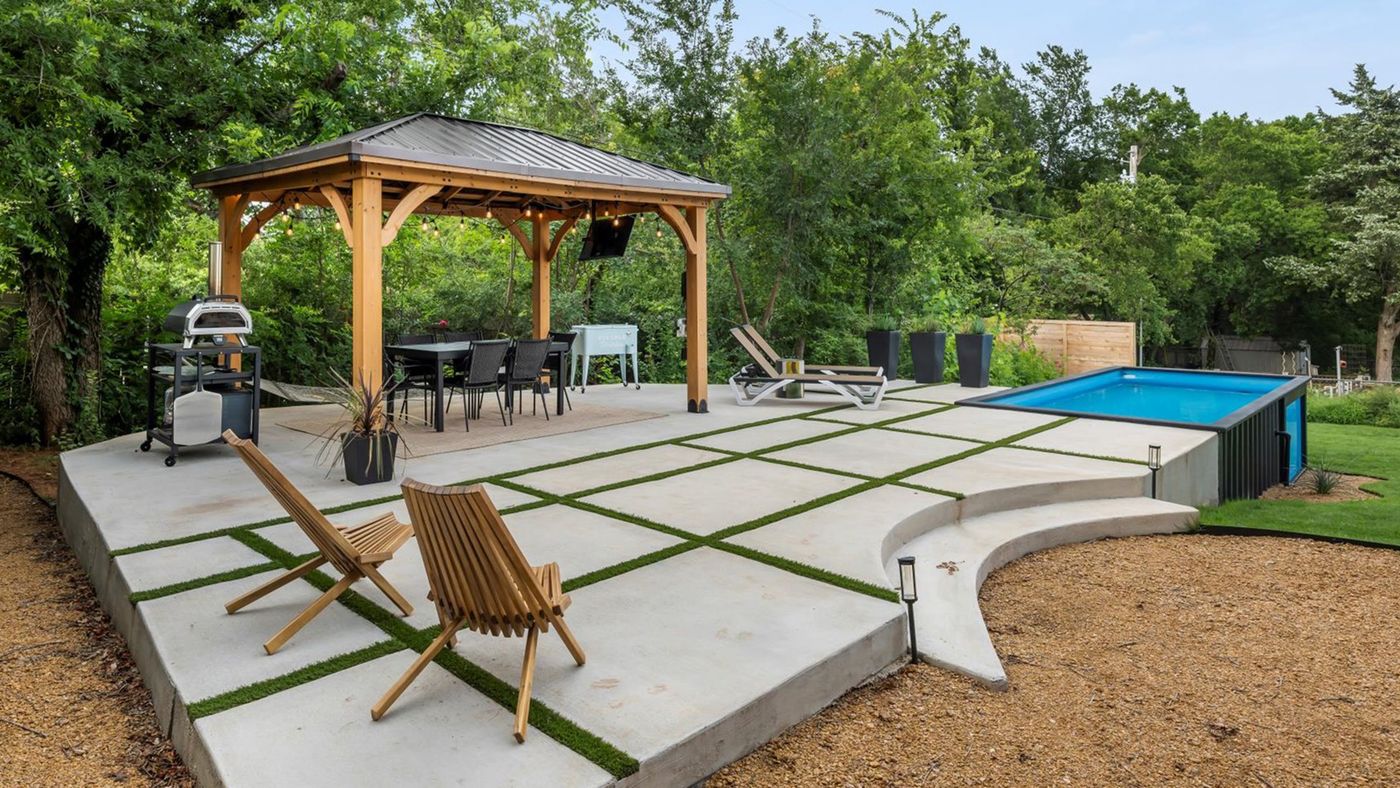
What Is a Container Pool?
Okay, so imagine taking one of those shipping containers you see on cargo ships and turning it into a swimming pool. Sounds simple, right? It's way more complex — and way cooler — than I initially thought.
These aren't just containers with water dumped in them. The top manufacturers reinforce the container with hundreds of welds (we're talking 300+ welds). The amount of steel in these containers is insane—they're designed to be stacked nine high on ships in the middle of the ocean. That translates to a pool that's about 5 times stronger than your typical inground pool.
What really blew my mind was learning about the transformation process. They cut out sections for windows (yeah, underwater windows!), install plumbing and equipment, and add features like baja ledges, steps, tanning ledges, you name it. The container that arrives at your house is ready to swim - just add water.
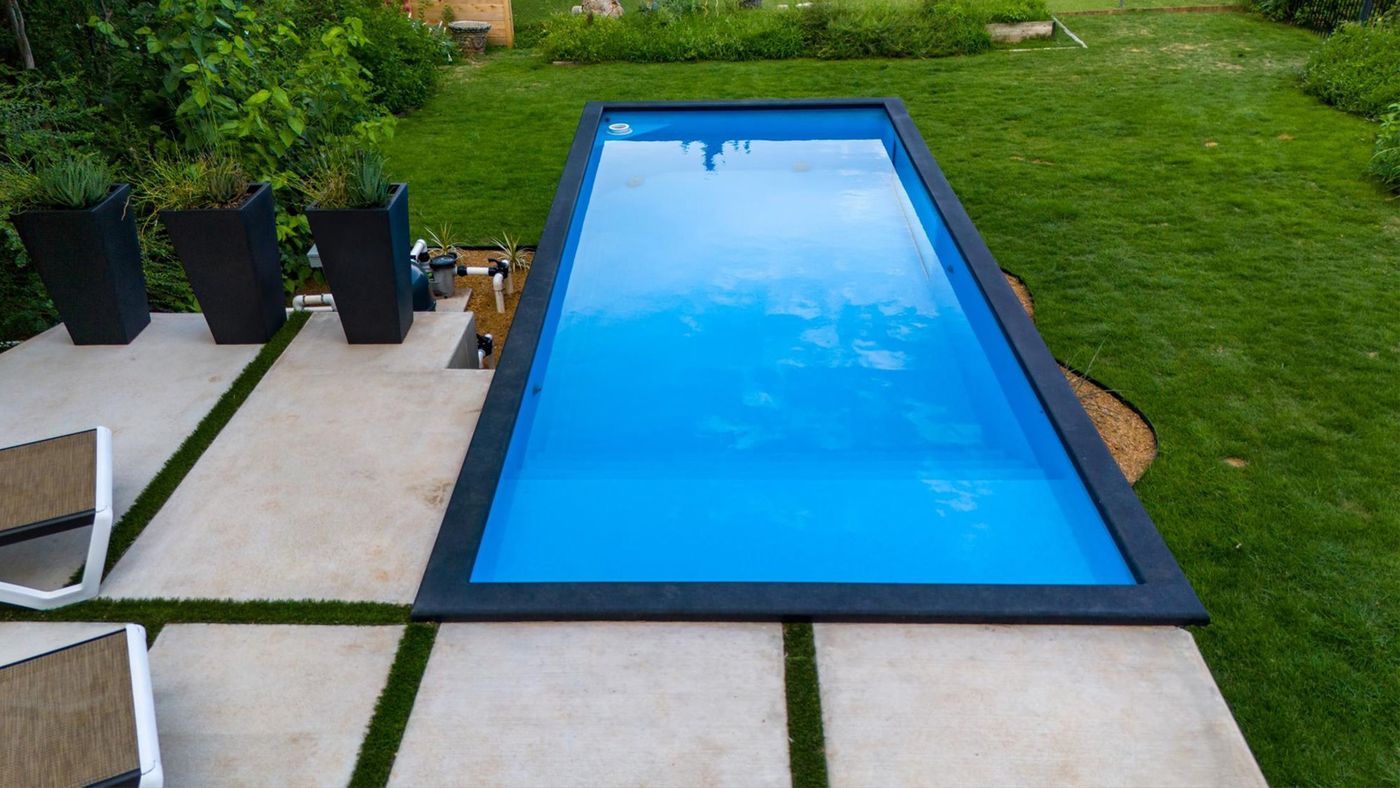
Why Choose a Container Pool Over a Traditional Pool?
Let me hit you with the numbers that make the decision easy. Traditional pools in my area (Texas, for reference) were coming in at $90,000 to $150,000, and contractors were saying 3-6 months for completion.
Container pools? We're talking $35,000 to $65,000 all-in, and you can be swimming within 1-3 days of delivery. From the time our Ecopool arrived, we were swimming the next day. It was as simple as dropping the pool on a level pad, hooking up the plumbing, and adding water.
But here's what really sold me beyond the cost: you can take these things with you if you move. Unlike a $180,000 on an infinity pool, a container pool can be moved. That investment? Stays with the house, where you lose most of the money you put into it. Container pools can be drained, loaded up, and moved to your new place for just a few hundred dollars.
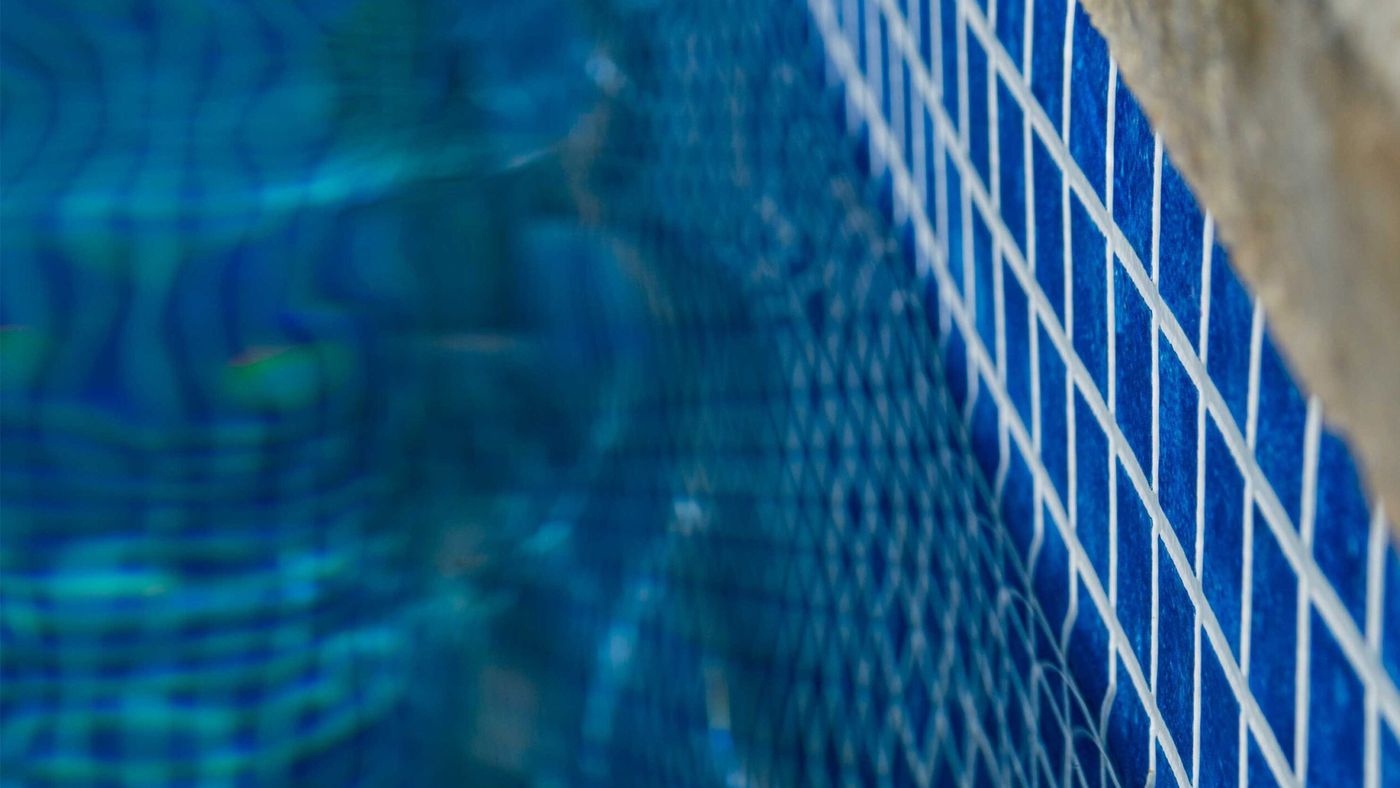
Buying Considerations
What to Look for in a Container Pool
After looking at probably a dozen different manufacturers, I learned the hard way that not all container pools are created equal. The biggest difference? The interior surface. This is where I need to get a bit nerdy because it matters — a lot.
You've got three main options for interiors, and trust me, this choice will affect your daily life with the pool. The interior surface is what you'll interact with every single time you swim. If you’ve ever cut your foot in a gunite pool, you’ll know how important this is.
Option 1: Painted Steel Interior (Avoid)
First, there's the basic painted steel interior—basically industrial coatings sprayed directly onto the metal. You want to avoid these types of container pools. While it's cheaper, I heard horror stories from owners about rust appearing within 18 months. I've even seen images on a pool forum posted photos of rust bubbles all along his pool's floor after just two years. The paint can also get rough over time, and kids were getting scraped up.
Option 2: Fiberglass Shells (Better, but I'd Avoid)
Then there's fiberglass shells that get dropped into the container. These are smooth and can prevent rust from happening if they don’t crack, but here's the catch—if they crack (and they can from ground movement or temperature changes), you're looking at thousands of dollars in repairs.
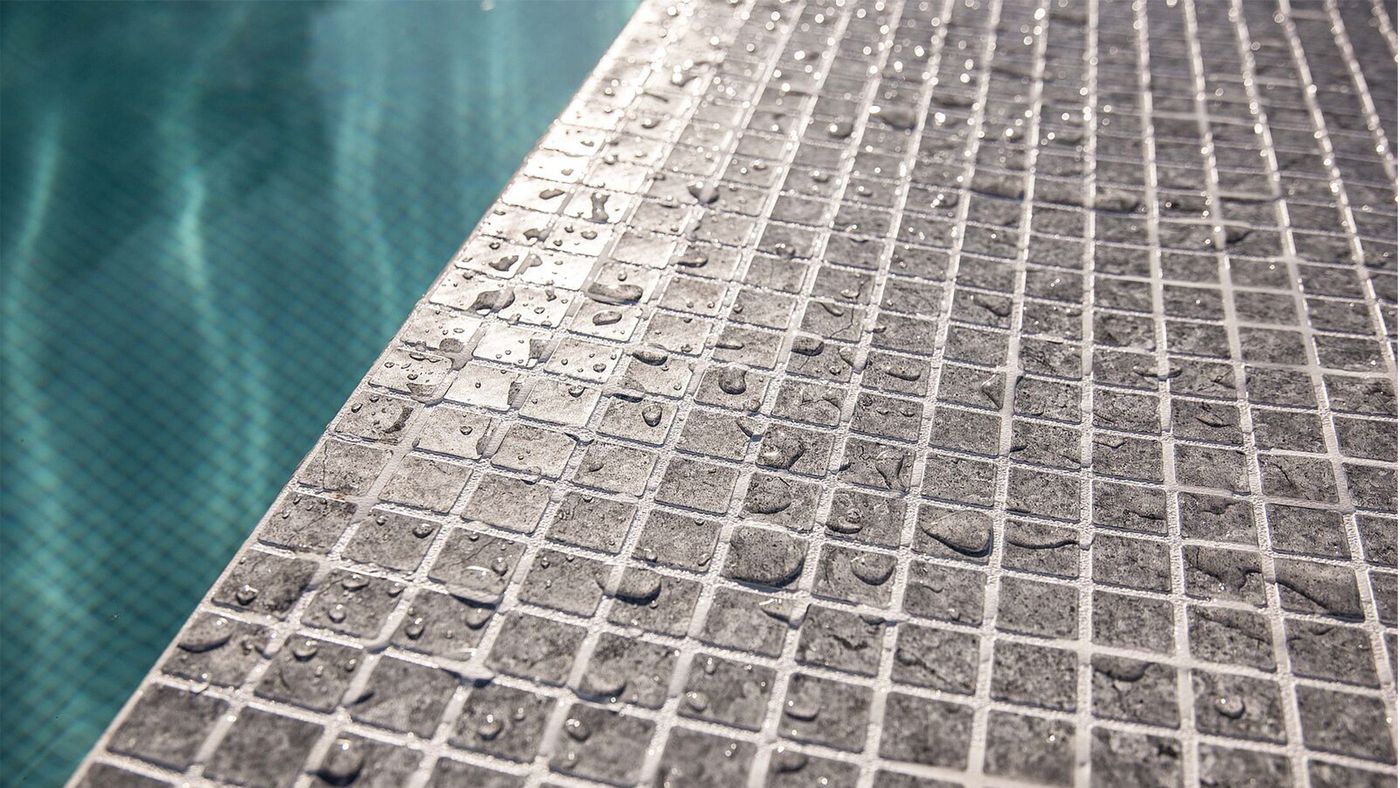
Option 3: Architectural Membrane (This is what you want!)
The third option—and what I ultimately went with—is an architectural membrane system. Ecopool uses something called Zycore™, which is this German-engineered membrane that's incredibly smooth but flexible – and most importantly not slick.
It's like a super high-tech liner that's welded at the seams, not glued. The thing that sold me? If it gets damaged, you just repair it without having to replace the entire membrane. Plus, it feels amazing on your feet—totally smooth, no rough spots.
You can choose between interiors that replicate stuff like tile, solid colors, stone. I went with a 3D tile and never looked back. I was impressed with Ecopool's Zycore. I got a few samples before choosing our pool, and you'd be shocked at how good the interior looks.
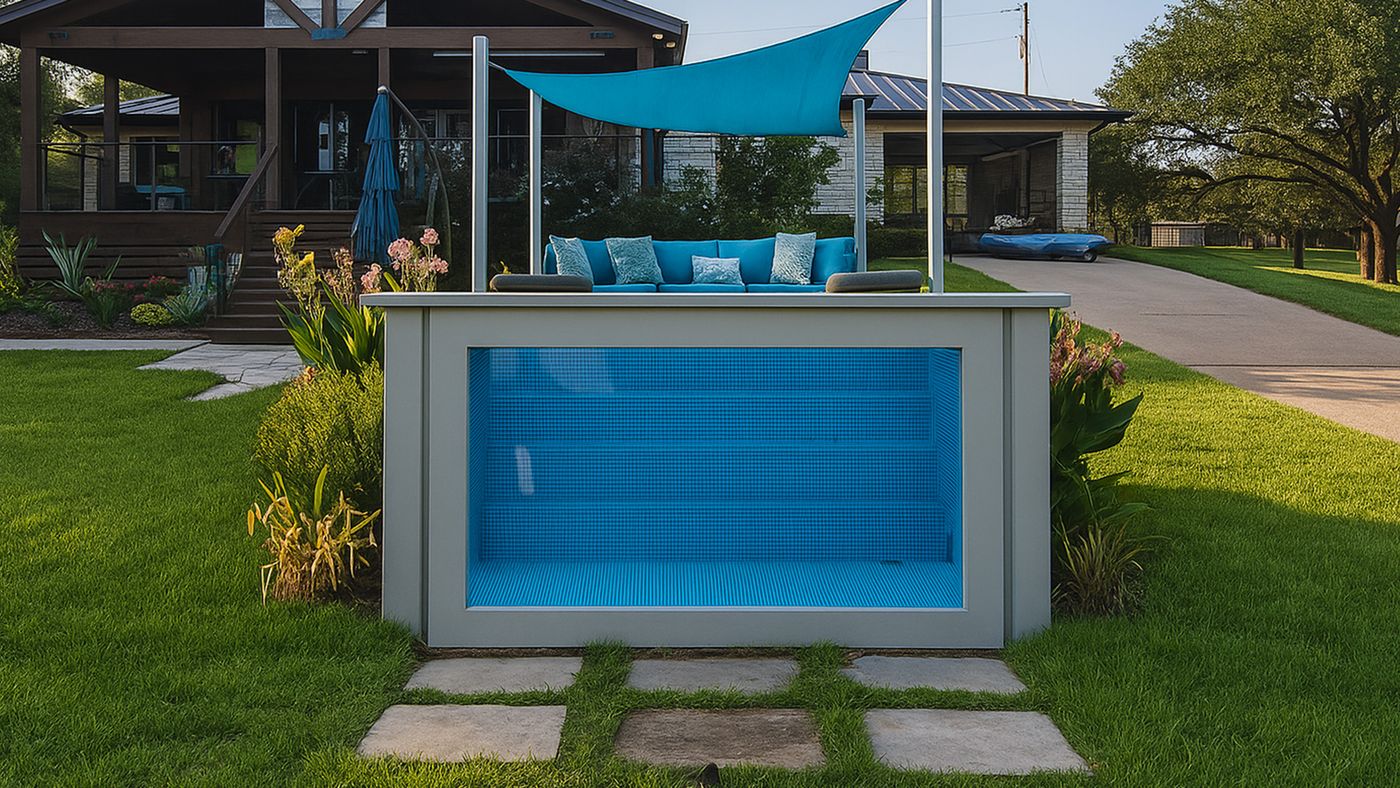
Common Mistakes to Avoid When Buying a Container Pool
Make sure to check reviews before you choose your container pool manufacturer.
Not checking actual customer reviews—not the testimonials on their website, but real people on forums and social media. I found a whole website, mymodpoolsstory.com, dedicated to one couple's nightmare experience with Modpools. They documented rust issues, terrible customer service, and claim to have ended up spending another $50,000 trying to fix problems.
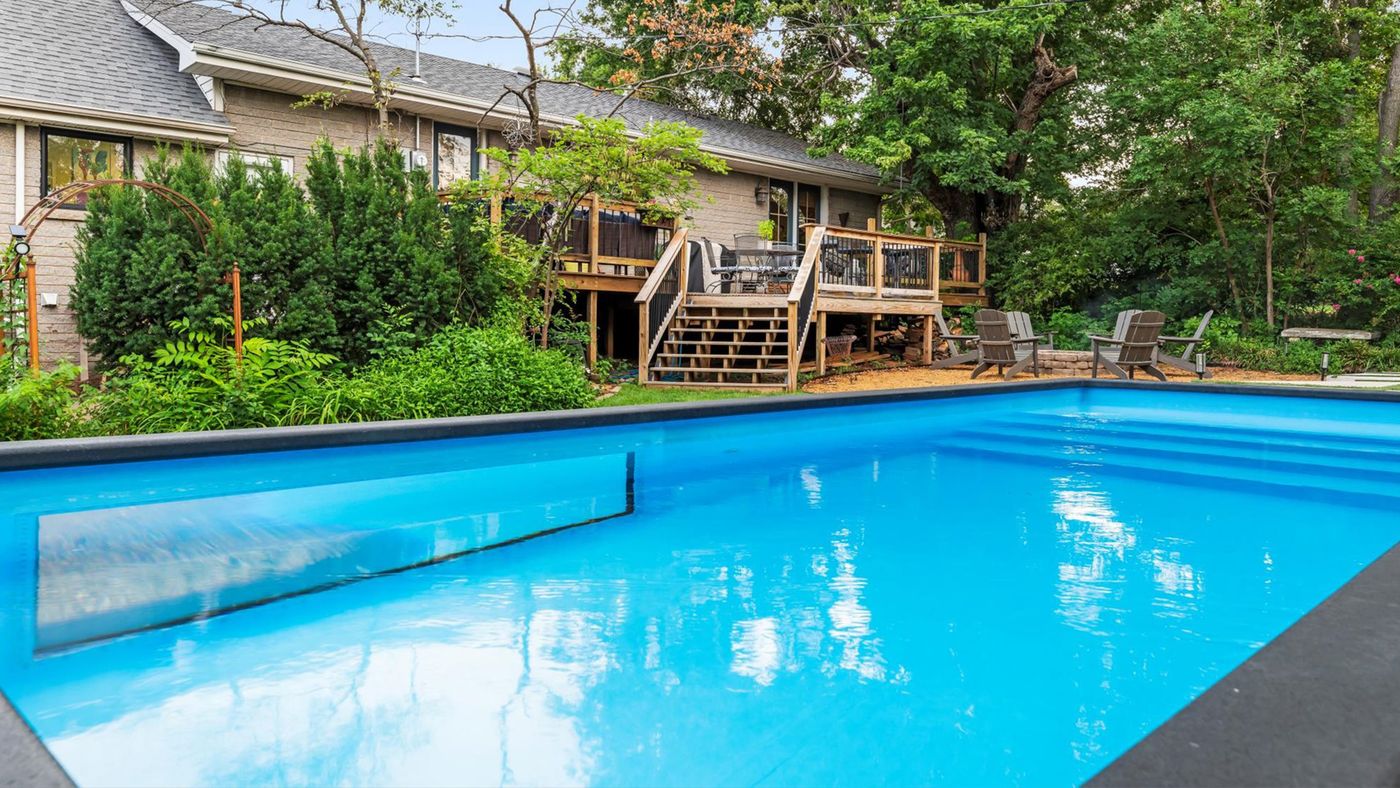
How Much Do Container Pools Cost?
Let me break down the real numbers from my research and quotes:
For an 8×20 foot pool (about 5,300 gallons—perfect for a small family):
-
Base pool: $25,000-$40,000
-
Total installed: $30,000-$45,000
For an 8×40 foot pool (10,600 gallons—this is what I got):
-
Base pool: $35,000-$55,000
-
Total installed: $40,000-$60,000
For wider 12-foot models or custom configurations:
-
Base pool: $45,000-$70,000
-
Total installed: $50,000-$75,000
The modular systems where you connect multiple containers? Sky's the limit. There are U-Shape, L-Shapes, and even Lap Pools created with modular pools. With three connected containers, you can create an L-shaped pool with different depth zones. It's really impressive.
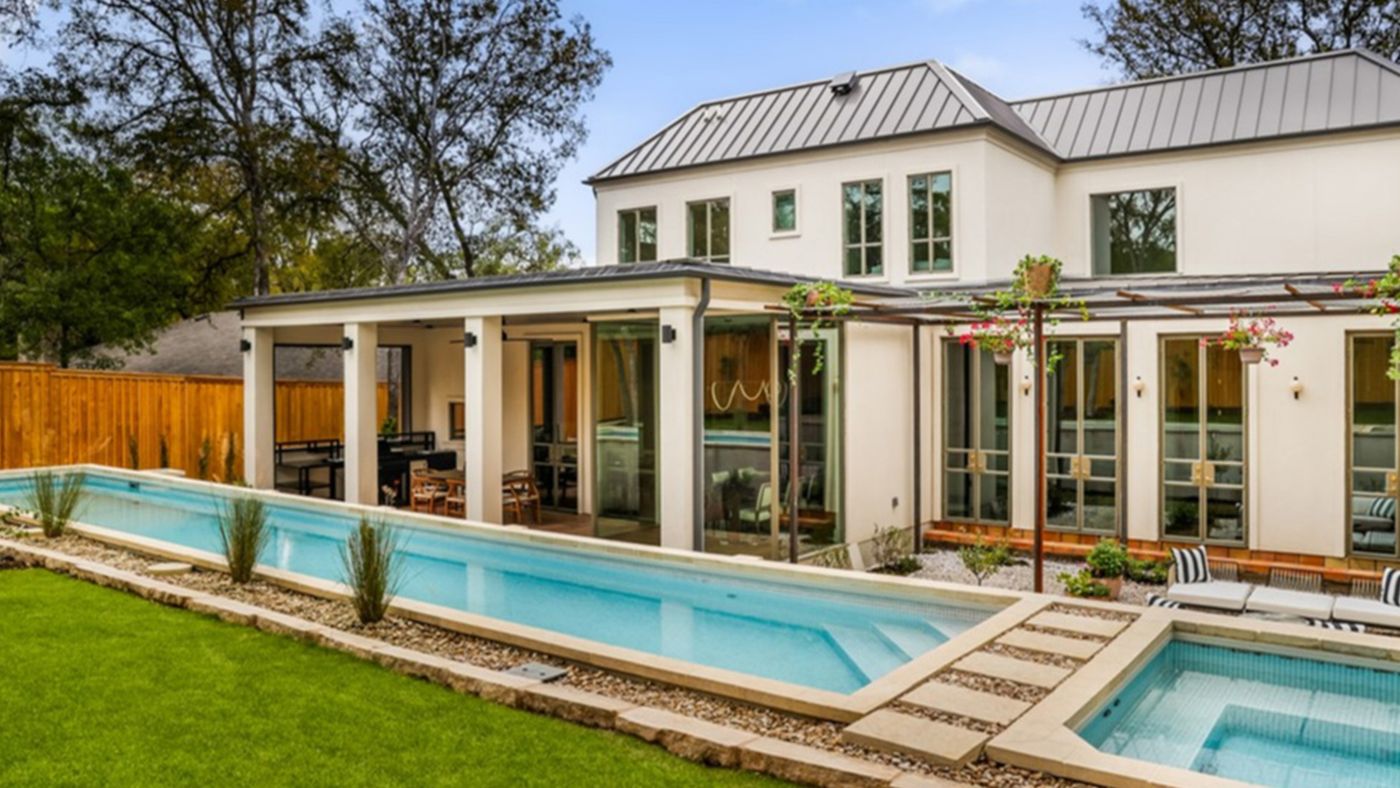
Types & Designs
Different Styles of Container Pools
The variety available now is crazy compared to even three years ago. The basic rectangular pool is still the most common, but there are all shapes and sizes.
There are pools with full acrylic windows built into the sides. These windows add about $3,000-$8,000, but the result is worth it.
Imagine being able to sit in your backyard and watch your kids play underwater. Pretty cool right?
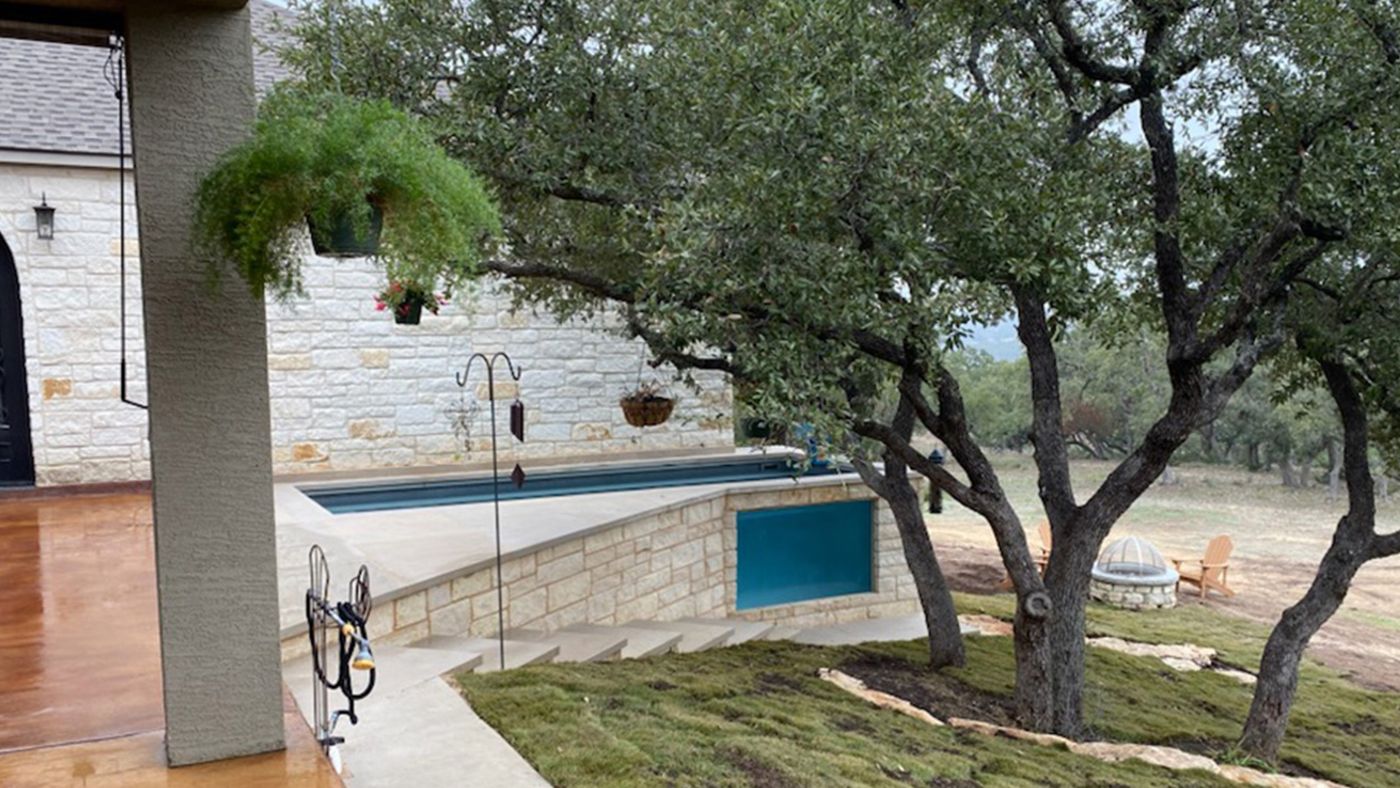
A great example is this pool. It blends right into the house. You’d probably never guess it was made from a container pool.
The spa-pool combos really caught my attention. These have a section that can be heated separately to hot tub temperatures. So, you get a regular pool plus a hot tub in one container. The divider can be removed when you want one big pool. These run about $5,000-$12,000 more than standard pools, but you're essentially getting two things in one.
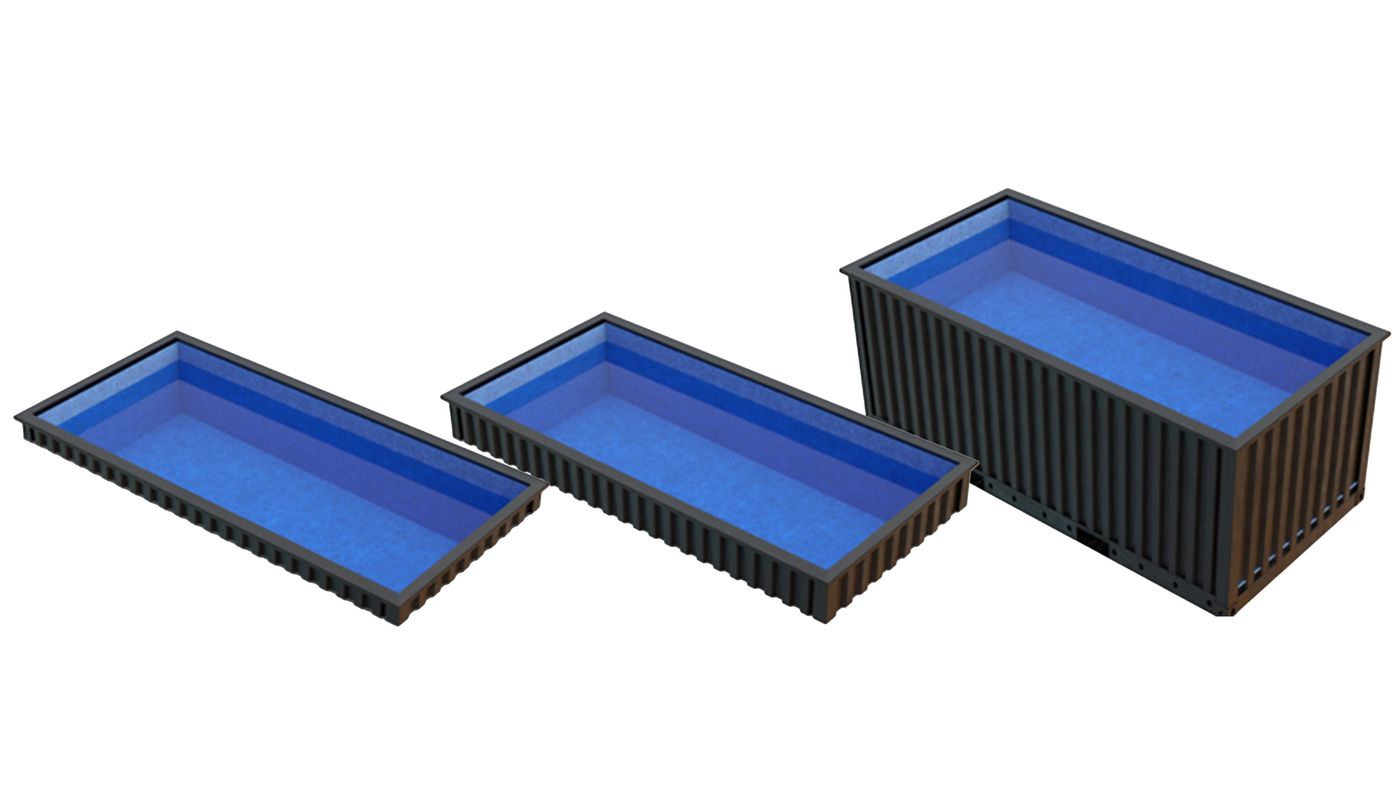
Inground vs. Above-Ground Container Pools
Most people seem go with above-ground installation. It's the fastest and cheapest option—you just need a level spot and you're good to go. We test our robots in an above-ground container pool. And I think it looks great. But if you don’t like the look, you can always add stone, wood, or something to help it blend seamlessly into your home.
Semi-inground is getting more popular, especially in neighborhoods with HOAs. You dig down 2-4 feet, so the pool doesn't tower over your yard. It may cost a little more for the excavation and retaining walls, but it looks more integrated into the landscape.
Fully inground is another great option. You're adding some cost in excavation, but you can end up with an inground swimming pool at a fraction of the price of a traditional gunite or fiberglass pool. The nice part is installing an inground pool is as easy as digging the hole and lowering it in. Then, you just connect the plumbing and electrical.
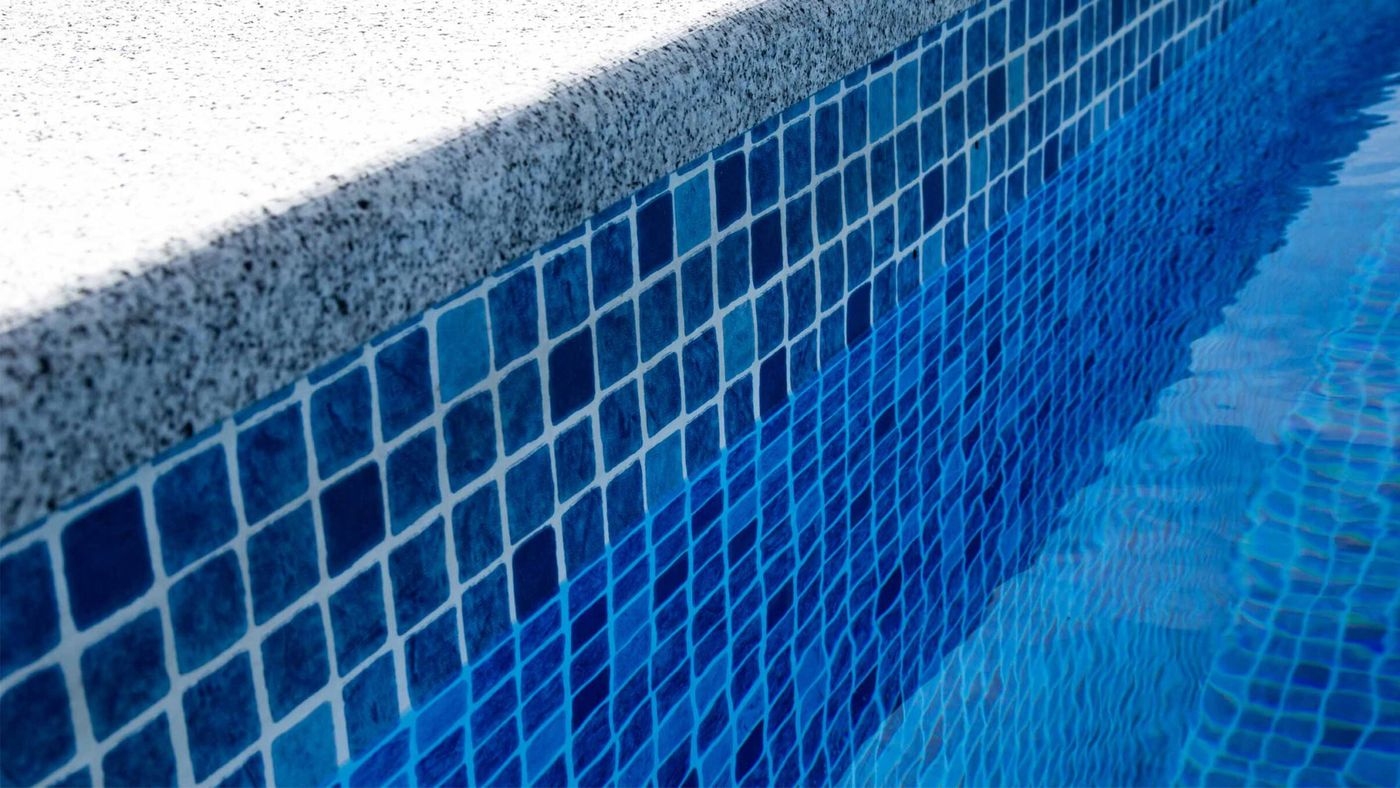
Popular Sizes and Configurations of Container Pools
The 8×20 foot pool is your entry-level size. It holds about 5,300 gallons, which sounds small, but it's actually perfect for cooling off, pool parties with 4-6 people, or exercise. These typically run $25,000-$30,000 installed.
The 8×40 foot pool holds 10,600 gallons. This gives you more swimming space – and even enough space for laps. You can probably have 10-12 people in here comfortably. Price range is $35,000-$55,000 for the pool, figure $40,000-$60,000 installed.
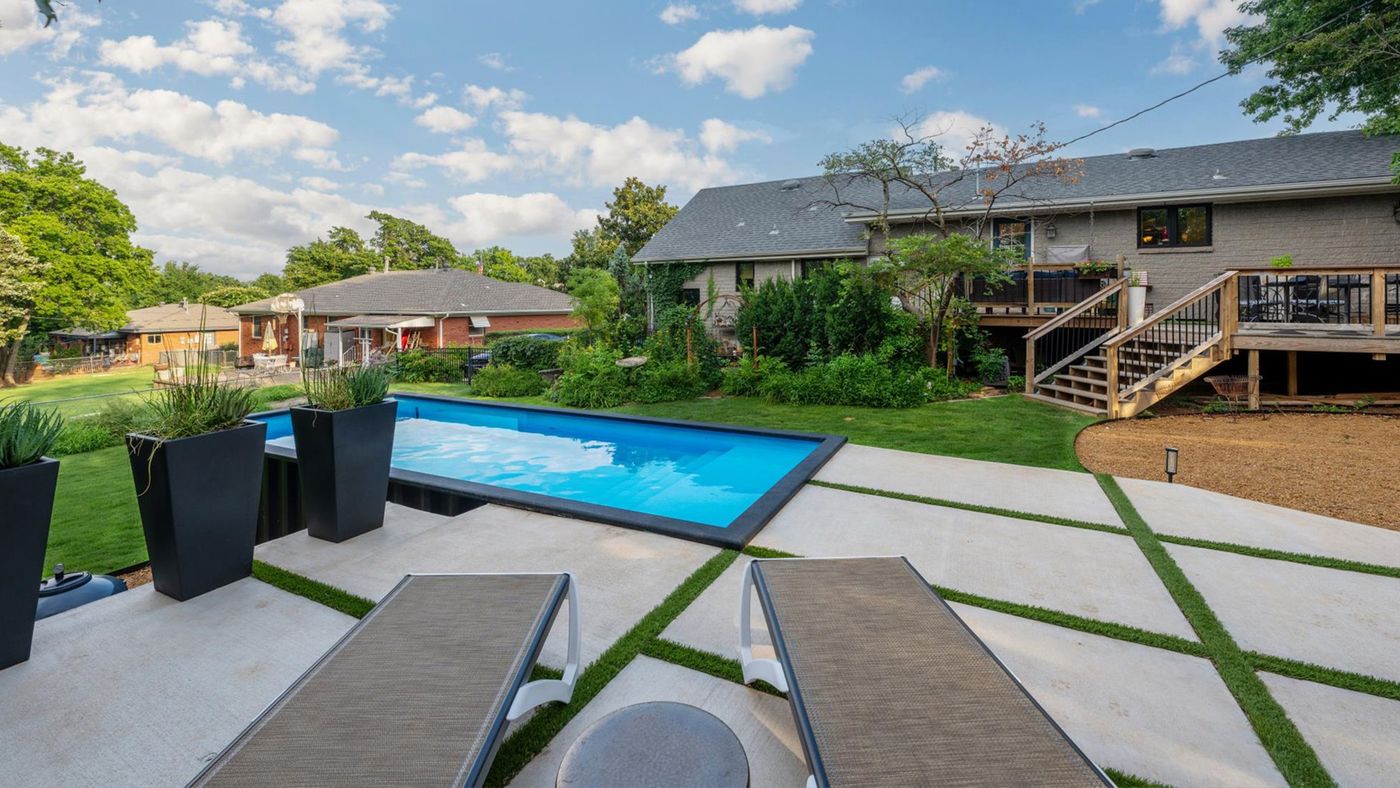
Now here's where things get interesting—modular configurations. Ecopool has a patented system where you can connect multiple containers. Want a 80-foot lap pool? They can do it. Want an L-shape with a shallow end for kids and a deep end for diving? Done. The only limit is your budget and yard space.
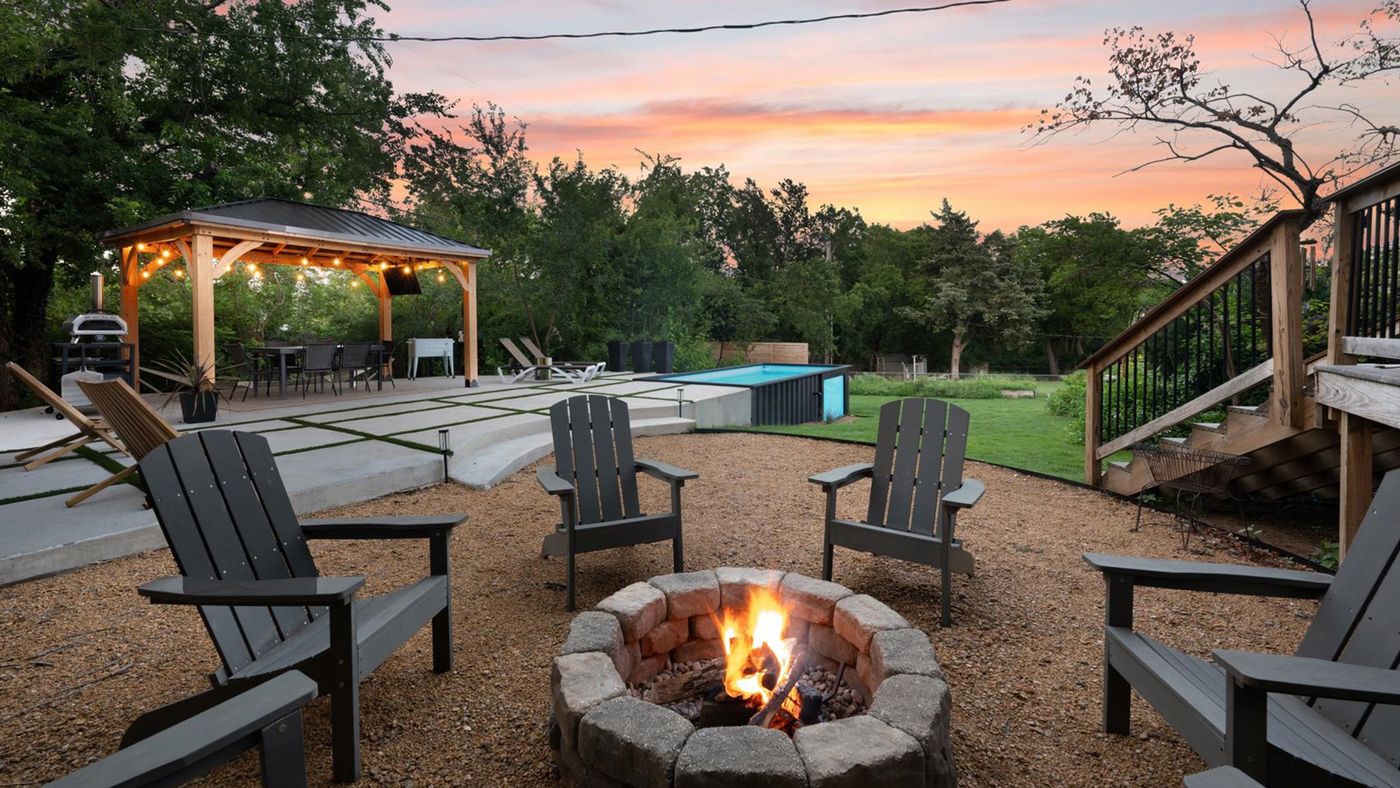
Benefits of a Container Pool
Best Pool for Small Backyards and Urban Spaces
This is where container pools absolutely destroy traditional options. You need just 10×25 feet of space for an 8×20 pool including room to walk around it. Try fitting a traditional pool in that space—you can't.
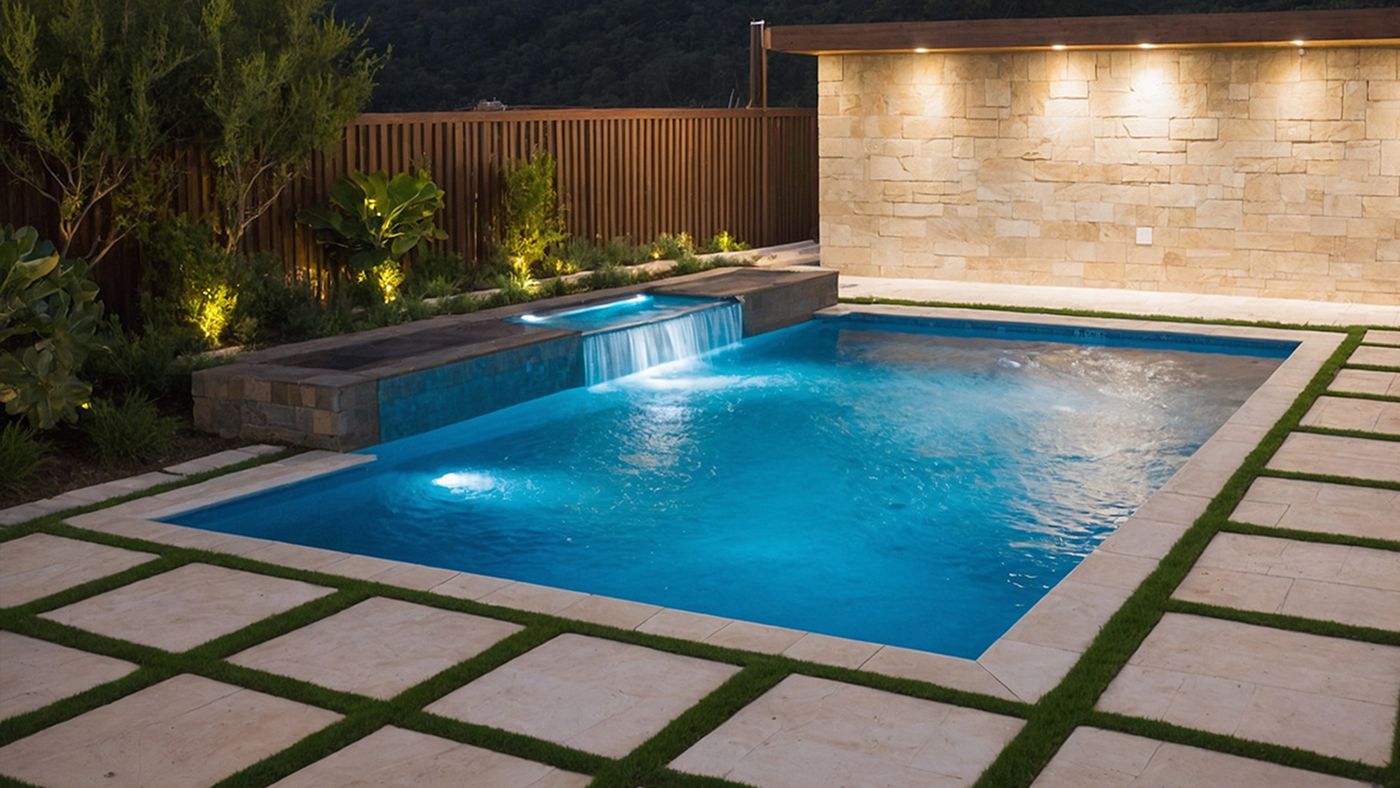
The narrow width (8 feet) means they fit inside yards where traditional pools are impossible. I know someone in San Francisco who put one in a 12-foot-wide side yard that had been useless space for decades.
Heating, Cooling, and Insulation
One of the things people don’t always think of as a benefit of container pools is insulation. Most traditional gunite pools are basically big concrete sponges: they soak up the cold from the ground in winter, then trap the summer heat until your pool feels more like a hot tub. That’s where container-style systems, especially models like Ecopool, really set themselves apart.
Ecopool, for example, uses a 7-layer wall design with an R-value of 8.5–10—that’s more than five times the insulation of a standard concrete pool. The difference is noticeable. Instead of wild temperature swings, the water stays more stable. In cooler months, warmth from the sun or a heater is retained overnight. In hot weather, the insulated shell keeps soil and air heat from pushing the water temperature through the roof.
Think of it like the difference between sipping from a red Solo cup versus a YETI cooler. One loses its temperature almost instantly; the other holds steady all day. Container pools built with this kind of thermal barrier save on energy costs.
Can you heat a container pool?
Yes — and in fact, they tend to heat more efficiently than concrete or fiberglass pools. Because of the insulation, container pools require less energy to hold a steady temperature. Data shows us that while a gunite pool can lose 1.8–2.2°F overnight, their insulated design drops only about 0.4–0.6°F. That means your heater doesn’t have to cycle on nearly as often, cutting energy bills by as much as 60%.
The heating options are flexible, too: propane, natural gas, electric, or heat pumps all work fine.
Maintenance and Care Tips for Container Pools
Here's the truth about maintenance—it's easier than a traditional pool. But they’re not maintenance-free. We spend about 10-15 minutes a week on maintenance, mostly testing water and adjusting chemicals.
With Ecopool’s water monitoring system, it makes it super easy. You just open an app, it lets you know your water chemistry, what to add, and you’re good to go. No pool guy needed. We keep up with our test pool ourselves without a pool guy.
The smooth walls make a huge difference. With Ecopool's interior, I just run a brush around once a week and I'm done. No algae sticking to rough spots, no calcium buildup. If you had a gunite or plaster pool, you’d probably end up spending twice as long scrubbing.
Insulation handles the temperature swings, but the pool’s interior membrane makes a big difference in chemical use and water clarity. In my own experience, chemical costs run about $40 a month in peak season and closer to $20 in winter. That’s roughly 15–20% fewer chemicals than a similar-sized concrete or fiberglass pool.
Why? Two reasons:
Constant circulation from a variable-speed pump keeps water moving, preventing dead spots where algae usually grows.
The Zycore™ membrane is smooth, non-porous, and chemically inert. Unlike plaster, gunite, or corrugated surfaces, it doesn’t absorb water chemistry or harbor algae. This means no stains, less scrubbing, and reduced need for chemicals.
Pro tip: Add a smart monitoring system like the ICO pool water monitor. Mine tests the water every hour and messages me if anything's off. It's prevented several potential problems before they became actual problems.
Best Shipping Container Pools
Top Container Pool Brands in 2025
Let me give you the real scoop on the best container pool companies in 2025.
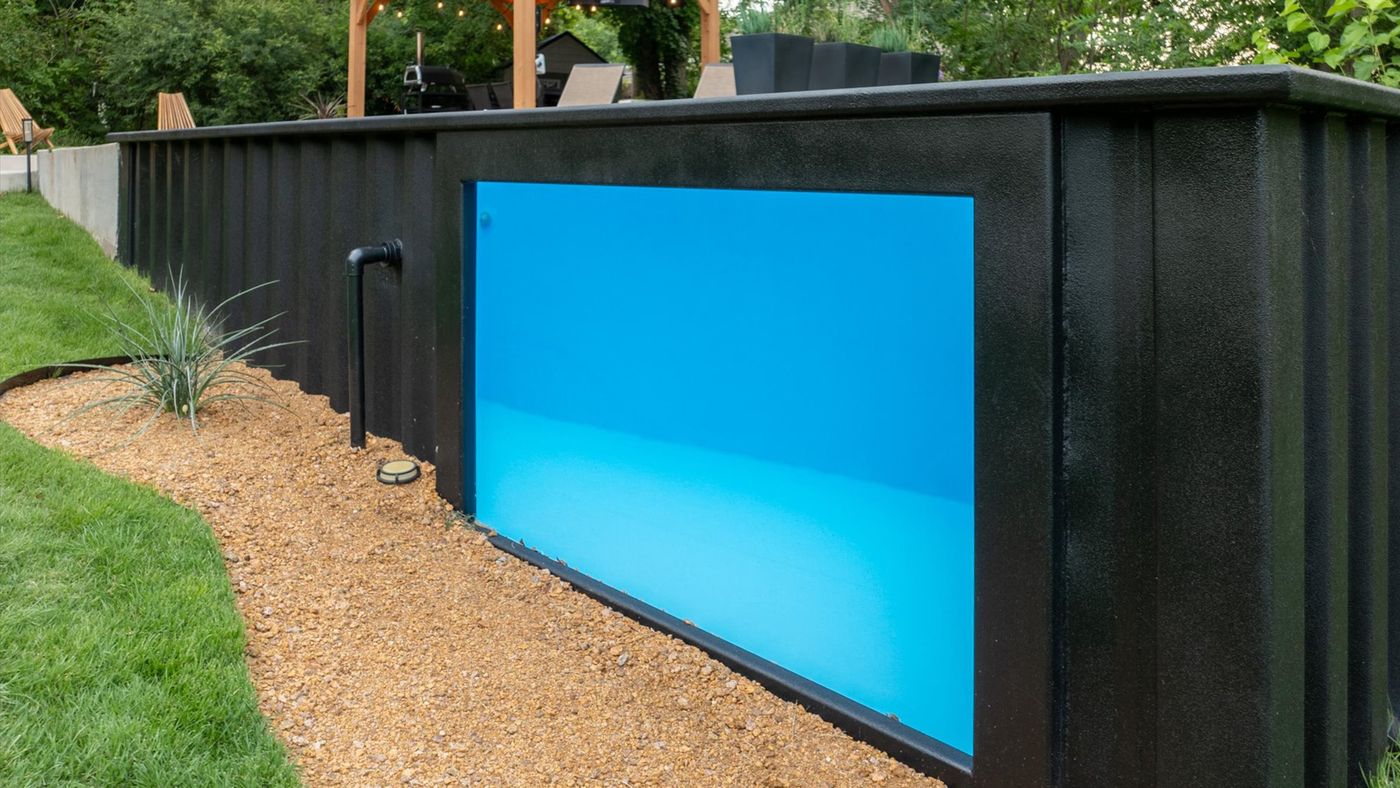
Best Overall: Ecopool
Ecopool is who I ultimately went with. They're the innovators with the modular system that can create any size pool. The Zycore™ membrane interior is superior to painted surfaces. Pricing starts around $25,000, but you’re getting the best of the best. They’re based in Texas, so shipping to most of the US is reasonable.
View Ecopool Container Pools →
After all our research, we went with Ecopool for our test pool. I got the exact size I wanted, an 8x20 container pool. The Zycore interior I chose was Matrix Blue 3D tile. If you’ve any of my videos, it’s featured in every single one of those. It looks and feels just like real tile.
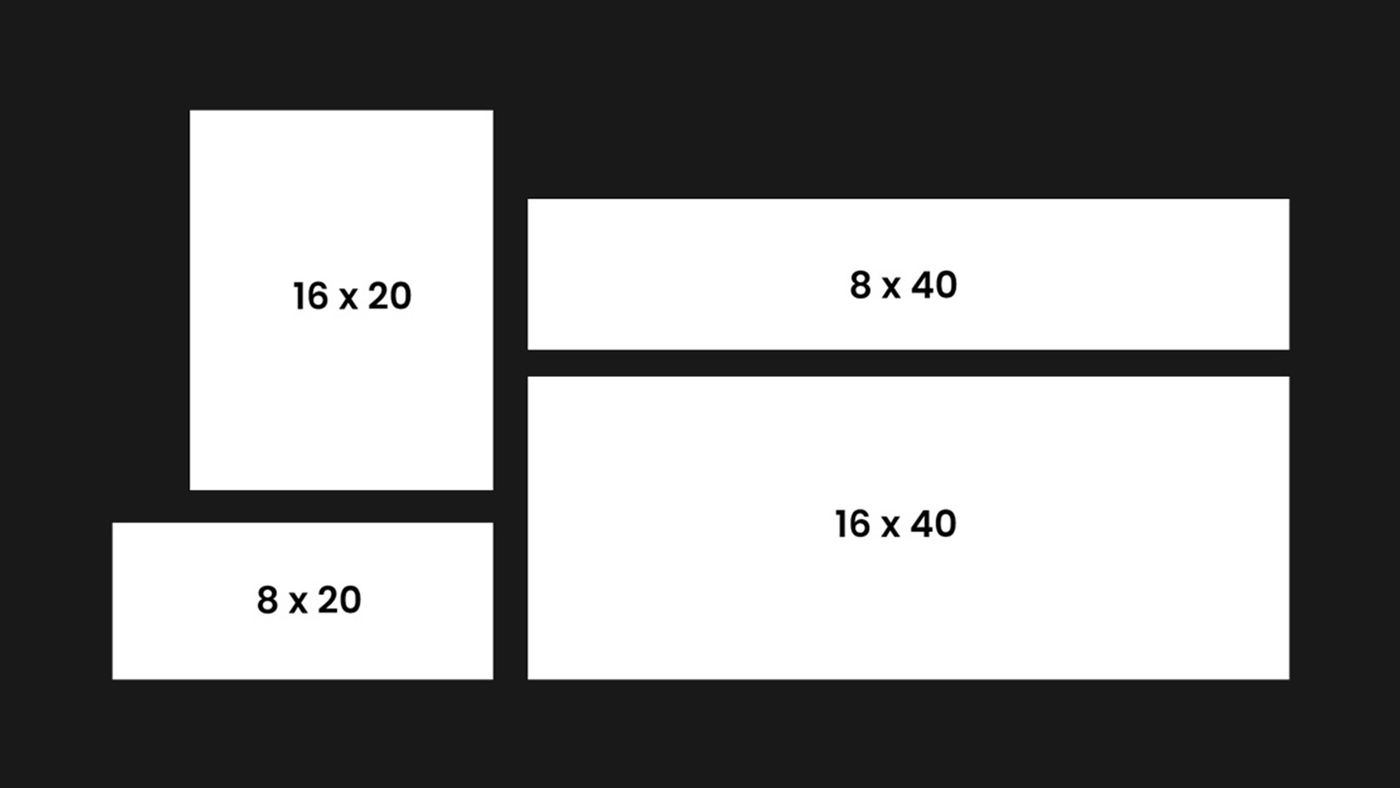
Ecopool Sizes
If you want larger, they have all sorts of sizes and shapes. From plunge pools to lap pools, they have a patented modular design that allows them to build your pool as large as you want. You can even do larger custom sizes.
If you want to look at some other options, their new Steel S-Series pools are super cool. With the Architectural Onground Pools or their Inground S-Series pools, there are tons of options. It's around the same price (or sometimes cheaper depending on the size). It wasn't available when I got my container pool, but it is made out of steel and can be fully customized - just like their container pools.
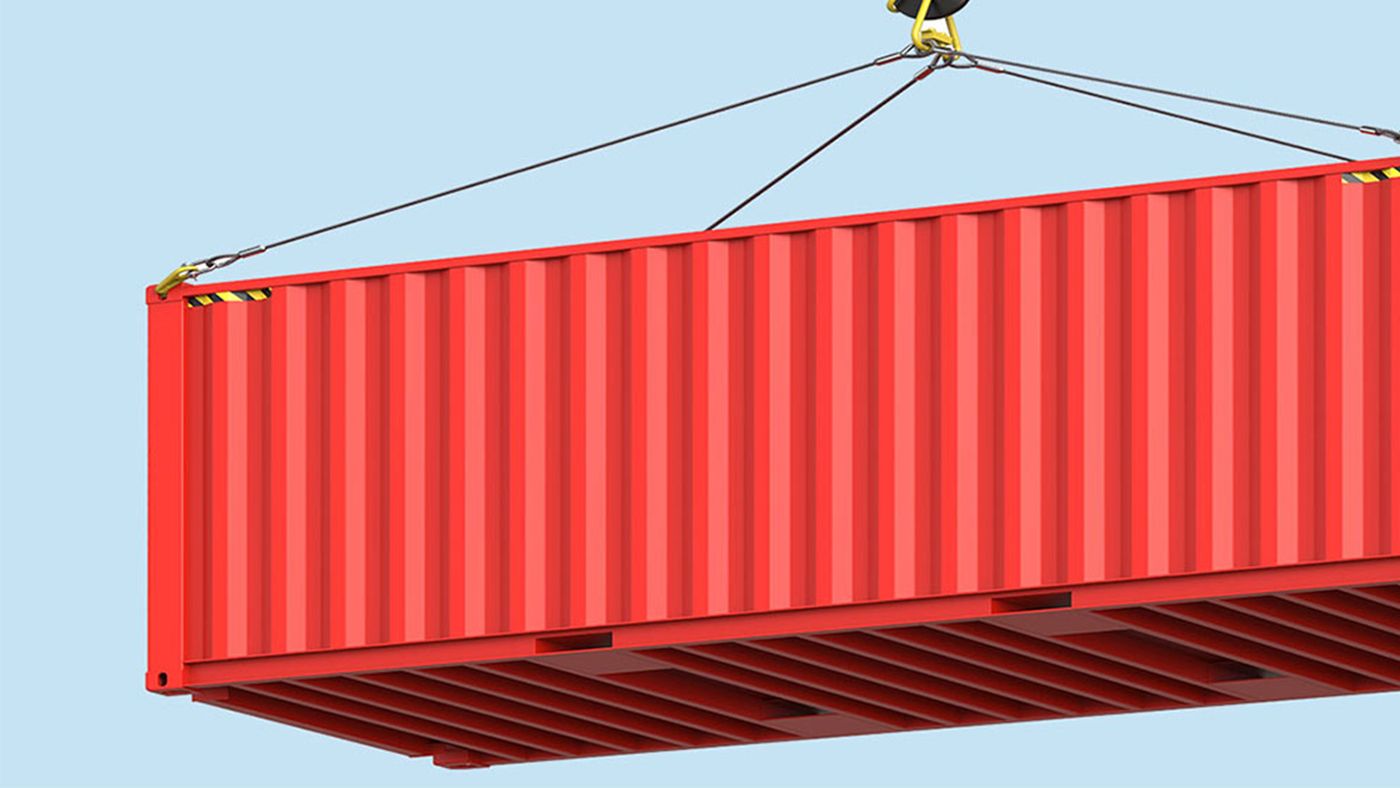
Installation & Setup
What to Expect During Container Pool Delivery & Setup
Delivery day was easier than I expected. The truck showed up at 8 AM and by noon the pool was in place. Here's what you need to know:
Once it touched down, the crew spent another two hours leveling it perfectly and connecting the equipment. The electrician came that afternoon, plumber the next morning. By day two, we were filling it with water.
Do I need a crane to install a container pool?
No, you don’t. Almost all homes won't need a crane. If you have a 9ft opening or have access to go above any fence, a telehandler can simply drop it exactly where you need it.
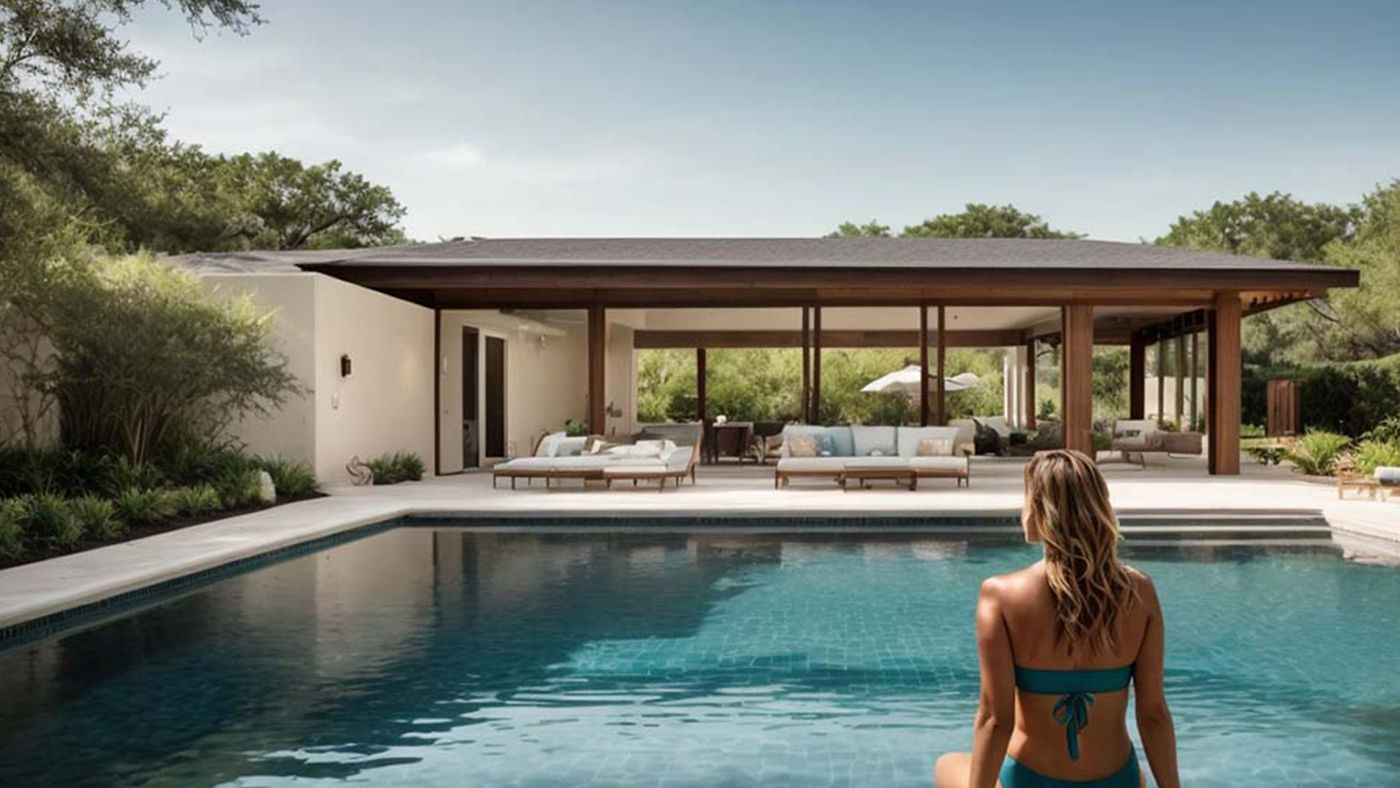
Comparisons & Alternatives
Container Pools vs. Modular Steel Pools: What's the Difference?
Not all factory-built pools are created equal. On one side, you have container pools — repurposed shipping containers transformed into insulated swim tanks. On the other, you have modular steel pools, like the Ecopool S-Series, built from precision-engineered panels. Both share the advantage of being manufactured in a factory and installed in days instead of months.
Container pools shine when it comes to insulation and personality. Their upcycled steel walls, paired with Ecopool’s 7-layer thermal design, act like a giant YETI cooler for your backyard. They also carry a certain “wow” factor — people notice them. If you’re looking for a pool that doubles as a conversation piece, container pools have that edge.
The S-Series modular steel pools are a different animal. Instead of a single container shell, they use engineered panels that go together, almost like building blocks. That gives them incredible flexibility for odd sizes and shapes. Want a 16×48 lap pool with an integrated tanning ledge? Or a pool that hugs a tricky property line? Modular steel can adapt in ways container pools can’t.
Appearance is another differentiator. Modular steel pools, like Ecopool Architectural S-Series, can have panels that help them blend right into your. home. That makes them a great option if you want your pool to blend seamlessly into the landscape, rather than stand out as a statement.
So the trade-off is clear:
Container pools give you excellent insulation, a unique look, and they work well in tighter spaces.
Ecopool S-Series modular steel pools are all about flexibility — custom footprints, more design options, and a traditional aesthetic that can scale from a small family yard to a full resort-style project.
Are Container Pools Worth It Compared to Traditional Pools?
In my opinion, yes — container pools are worth it. If your goal is to save money, get a high-quality pool, and skip the six-month construction nightmare, container pools are a smart move. They arrive factory-built, go in quickly, and give you that polished, high-end look without the bloated price tag.
To put it in perspective, you can end up with a container pool that looks like a $250,000 luxury pool for a fraction of the cost — often closer to one-fifth of that price. And because they’re insulated and factory-engineered, they usually hold up better on energy use and maintenance compared to concrete or fiberglass.
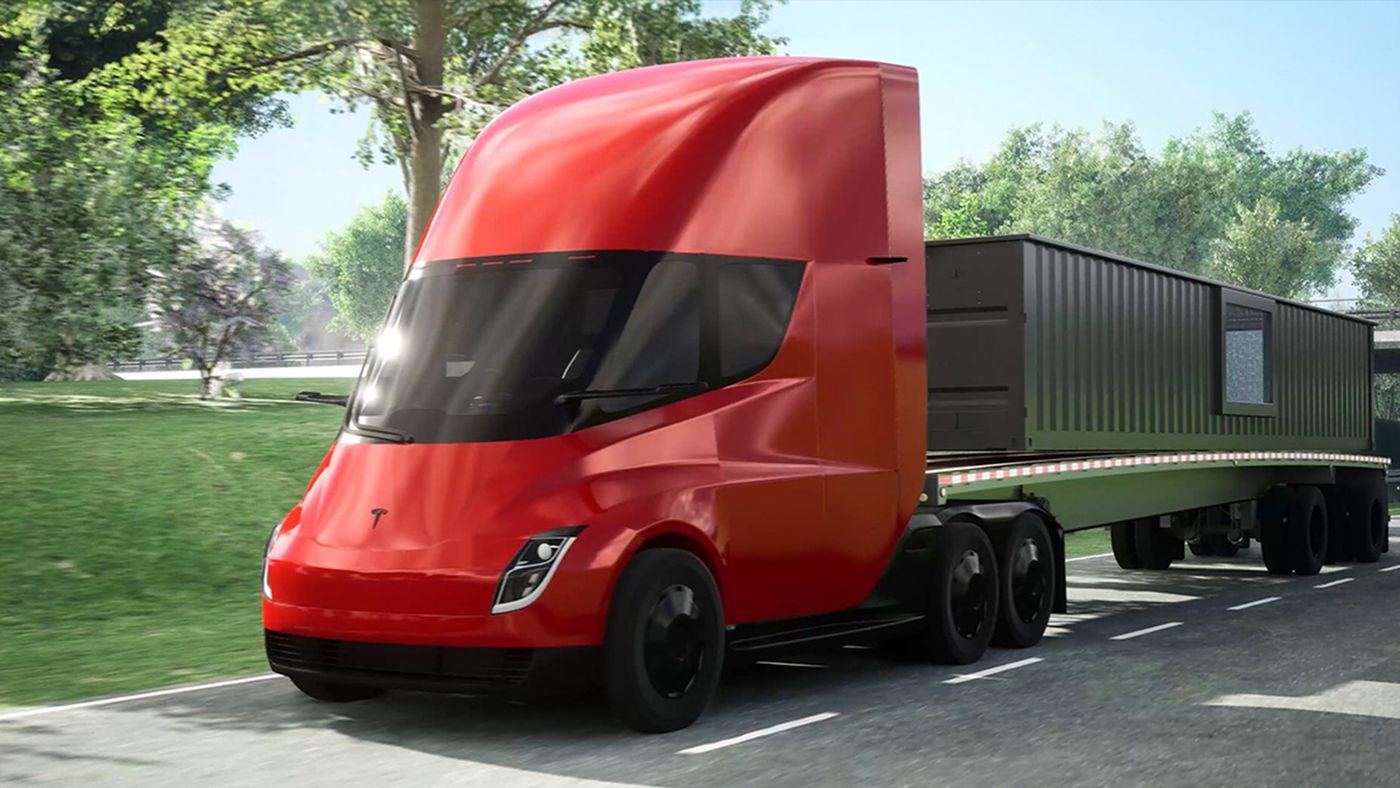
Head-to-Head: Container Pools vs. Traditional Pool Types
Container Pools vs. Gunite (Concrete) Pools
Gunite pools are the gold standard for customization. Want a guitar-shaped pool? Gunite can do it. But you're paying $100,000-$250,000 and waiting 3-6 months. They last years, but you’ll need replastering every 10-15 years ($10,000-20,000+).
Container pools can't match gunite's customization but destroy them on value. For the price of replastering a gunite pool, you could buy a small container pool. Installation in days versus months is game-changing.
Container Pools vs. Fiberglass Pools
Fiberglass pools are probably the closest competition to container pools, often falling in a similar, but higher price range — usually around $50,000–$85,000 installed. On the surface, both promise faster installation compared to concrete and gunite. But once you dig into the details, the differences start to show.
Fiberglass pools come as a single molded shell, which means delivery requires wide truck access and a clear path into your yard. If you don’t have that space, you’re in trouble — no way to break it down into sections.
Container pools, by contrast, can be dropped into tight spaces, making them far more flexible for small backyards.
The shells themselves are another consideration. Fiberglass can crack, blister, or even delaminate over time, especially in regions with winter freeze cycles. Repairs are possible but rarely invisible, and once a shell is damaged, it’s usually the start of an ongoing maintenance cycle. Container pools avoid that issue with steel structures and insulated panels that hold up to decades of seasonal shifts without cracking. Not to mention, the Zycore membrane can easily be fixed or repaired.
Fiberglass offers more traditional, freeform shapes. But that also makes them harder to clean and maintain. For example, some pool robots simply can’t handle curves and edges of a fiberglass pool – which means you’ll be outside scrubbing your pool by hand.
So, the trade-off here is clear: fiberglass wins on curves and classic forms, while container pools win on durability, installation flexibility, and price.
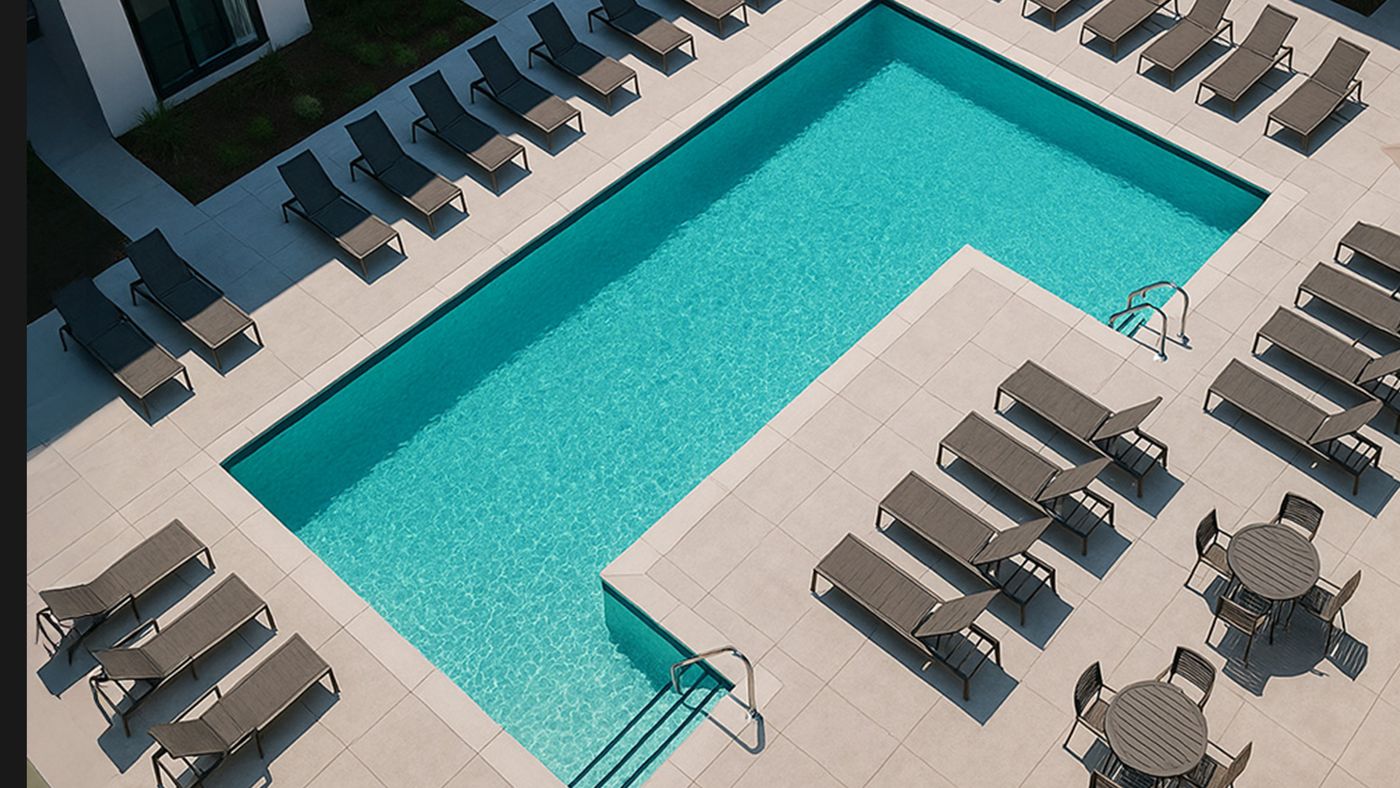
Final Verdict
Is a Container Pool Right for You?
So what’s my final verdict on container pools?
They’re Pool Nerd Approved.
You should get a container pool if you want to be swimming this summer (not next summer), have a budget under $75,000, value low maintenance over maximum customization, have a small or oddly-shaped yard, might move in the next 10 years, or appreciate the technology.
You should look elsewhere if you want a pool with complex shapes or beach entries, have unlimited budget and patience, or your HOA has strict traditional appearance requirements.
Final Thoughts on Choosing the Best Container Pool
The container pool industry is exploding, but quality varies wildly. Do your homework—real customer reviews, not marketing claims. Focus on interior surface quality over base price.
If I had to do it again, I'd make the same choice. Our Ecopool has been everything promised—quick installation, low maintenance, and conversation starter.
The pool industry wants you to think you need to spend $100,000+ for a "real" pool. That's BS. Our container pool is real, it's awesome, and it cost half of what a traditional pool would, while delivering 99% of the same experience. Sometimes innovation really does beat tradition.
That's the reality of owning a container pool, and it's pretty sweet.
Your resident pool aficionado.
For over 5+ years, The Pool Nerd has been a leading source in the swimming pool industry. With years of experince owning a swimming pool, our hope here is to guide and help making owning a swimming pool easier.
